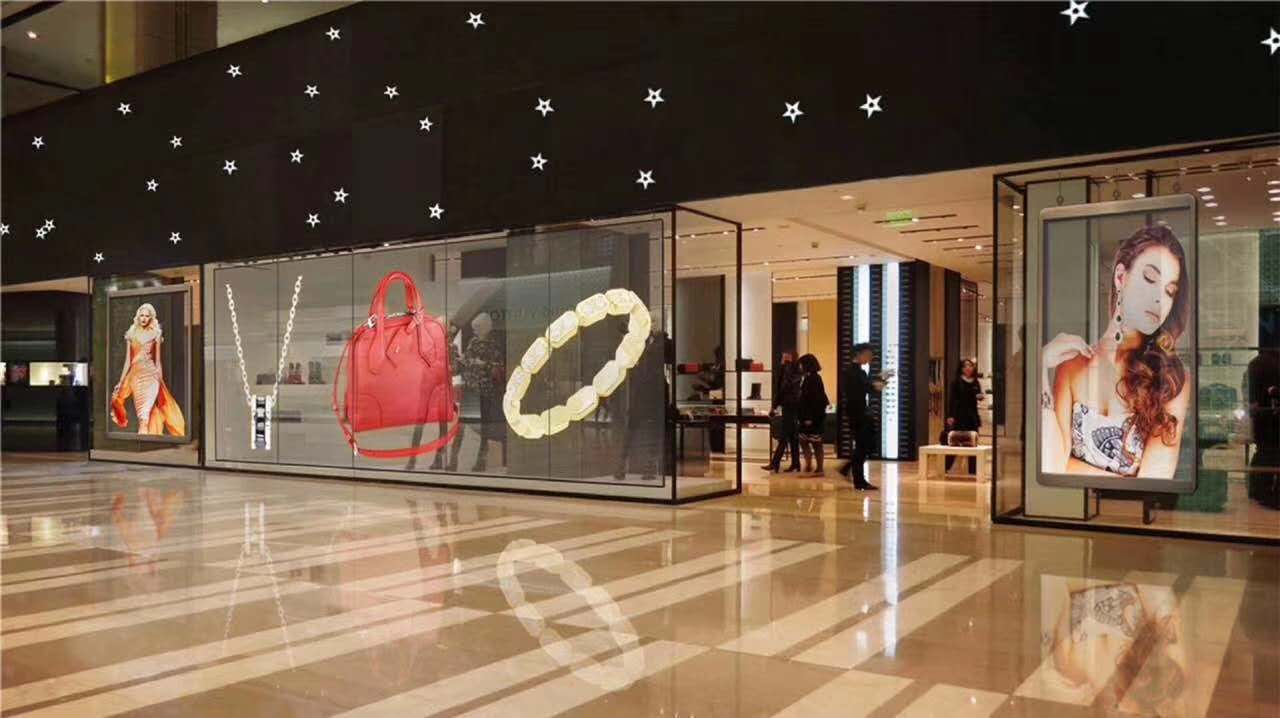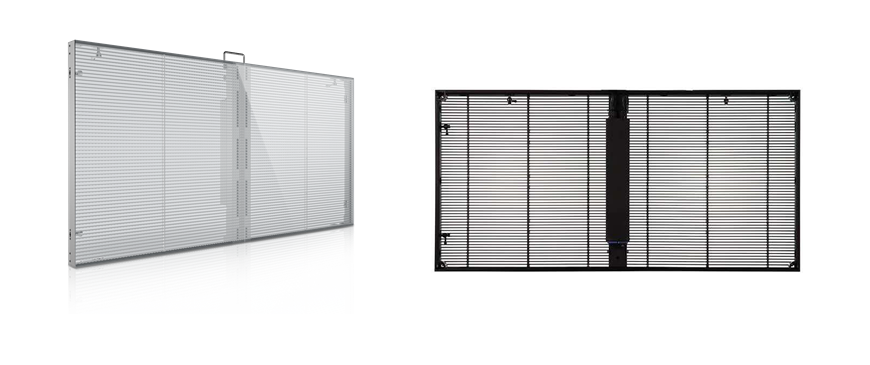For the sound, the quality of the speaker is very important, so the user must understand the technical characteristics of the speaker when selecting the sound, so that you can have a good understanding of the sound, in order to choose a good sound.
First, how to choose a speaker?
A speaker is actually an audible sound that passes a range of audio electrical power signals through a transducer (speaker unit) and converts it into a sound pressure level. In order to properly select the speaker, you must first understand the properties of the sound signal, and then ask the speaker to restore the audio signal to a realistic and natural sound "as is".
Vocals and various music are random signals whose waveforms are very complex. The frequency range of audible sounds is generally up to 20 Hz-20 kHz; the spectrum of the language ranges from about 150 Hz to about 4 kHz; and the spectrum of various music ranges from about 40 Hz to about 18 kHz. The energy distribution of the average spectrum is: the bass and mid-bass parts are the largest, the middle and high-pitched parts are the second, and the high-pitched parts are the smallest (about 1/10 of the middle and low-range parts); the vocal energy is mainly concentrated at the 200Hz-3.5kHz frequency. range. The peak amplitude of these audible random signals is about 10-15 dB (or even higher) than its average. Therefore, the speaker should be able to correctly reproduce these random signals to ensure that the reproduced sound quality is beautiful, and the speaker must have a wide frequency response characteristic, a sufficient sound pressure level and a large signal dynamic range.
We hope to achieve a sufficiently large sound pressure level with a relatively small signal power input, which requires the speaker to have a high efficiency of converting electrical power into sound pressure sensitivity. It is also required that the speaker system is not damaged in the case of an appropriate amount of input signal overload, that is, it has high reliability.
Transparent LED Display has won the favor of customers all over the world with its advantages of energy saving, environmental protection, low operating cost and high business efficiency. Transparent screen in order to meet the requirements of brightness in the process of use, there are positive luminescence and side luminescence options, the brightness can reach more than 5500. The use of transparent glass screen is mainly in Curtain wall building.Store window.Technology exhibition.Commercial space.Creative Presentation and so on.

Compared with conventional display screens, transparent glass screens have the following advantages:
1.Over 70% transparent rate favorable daylight effect;
2.Slim design ,light weight;
3.Cabinet is beautiful appearance,light weight, good heat dissipation and durable;
4.The mask of transparent uses PC with good light-admitting quality, ductility and durability;
5.Fast plugs within cabinets for quick and easy installation;
6.Indoor installation and maintenance, fast.safe, low heat, no ventilator, no noise;

Transparent Led Display,Transparent Led Display With Side Lighting,Transparent Glass Display Led Wall,Transparent Curtain Display Screen
Shenzhen Vision Display Technology Co,.LTD , https://www.ledvdi.com